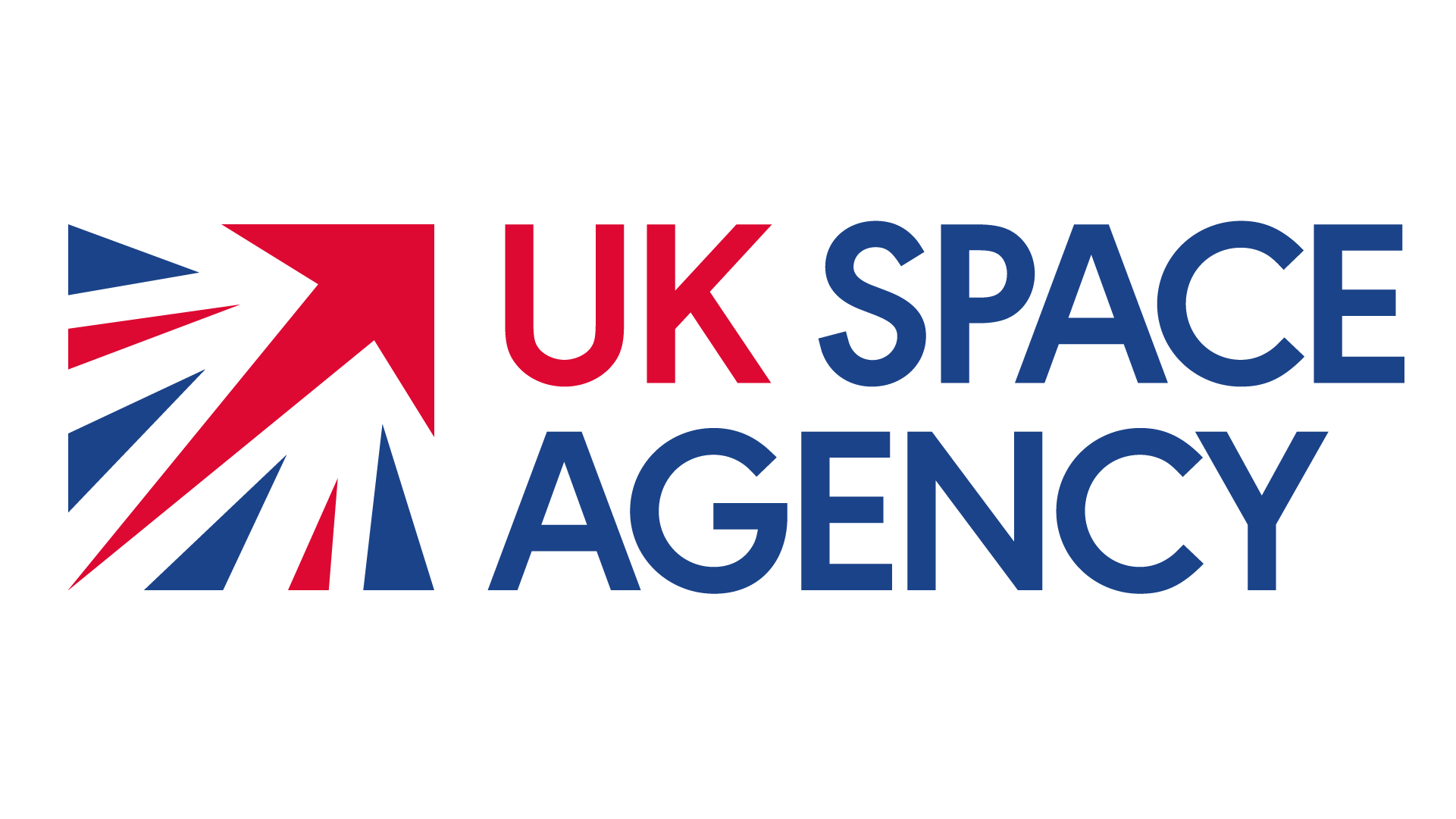Summary: Evaluation of the Centre for Earth Observation Instrumentation (CEOI) Interim Report
Updated 1 November 2024
Below is a summary. .
Earth Observation (EO) science in fundamental to humanity鈥檚 understanding of our planet, its climate and its natural processes. EO services support an estimated 拢100bn (4.7%) of the UK鈥檚 Gross Domestic Products (GDP).
The UK Space Agency launched the Centre for EO Instrumentation (CEOI) programme in 2007 to deliver an EO Instrumentation Programme (EOIP) to maintain and grow UK capability in low Technology-Readiness-Level (TRL) EO instrumentation. The EOIP was later expanded into the EO Technology Programme (EOTP), with an additional 拢15m up to March 2025 to develop innovative EO satellite instrumentation to maintain the UK鈥檚 position at the forefront of EO capability and expertise.
This report represents an interim deliverable within the CEOI Programme evaluation. It includes interim findings in the assessment of CEOI鈥檚 impact, delivery and value for money alongside a series of comparator international case studies. It presents interim findings relating to the CEOI programme design and delivery, and the outcomes achieved.
International case studies have been used to compare the UK鈥檚 EO sector to other notable space-faring nations such as France, Germany, Canada, Japan and others. The evaluation鈥檚 next phase will collect further data against the evaluation questions and indicators to provide a final assessment of the CEOI programme鈥檚 delivery and effectiveness. This deliverable will be submitted in March 2025.
1. Key Findings
1.1 CEOI funding represents the 鈥榖est deal on offer鈥� for funding recipients
- Funding calls 7-15 total 拢21.65m in CEOI grant funding, with a further 拢15m in funding available in the recent 16th call through upscaling via EOTP. The extent of funding available, when coupled with CEOI鈥檚 match-funding programme that ensures industry buy-in and partnership, provides recipients with flexibility and represents the 鈥榖est deal on offer鈥� when compared to other available funding options, domestically and internationally. The CEOI offers a range of project categories (Flagship, Pathfinder and Fast Track) that appeal to multivarious stakeholder types and organisation sizes.
1.2 CEOI funding results in an increase in TRL and often enables new collaborations
-
CEOI-supported projects span a wide range of technologies, targeting low-TRL projects to give new entrants access to the EO sector and to enable established organisations to grow. Across the projects reviewed, there was an increase in TRL, with survey responses indicating an average TRL increase of 2.8 from the project鈥檚 starting point to the present. As the CEOI programme targets low-TRL projects, it gives new entrants access to the EO sector and facilitates growth within the sector.
-
Many project participants highlighted the CEOI programme鈥檚 strength in fostering collaboration and novel partnerships, through the programme鈥檚 structure and through frequent events, a key contributor to expanding participants鈥� knowledge and developing new and existing skills.
1.3 Programme applicants consider the CEOI鈥檚 processes favourably
- Survey results show that programme applicants find the application process for CEOI funding to be clear, rigorous and efficient, with short turnaround times. Most project participants value the CEOI鈥檚 project management approach and reporting structures, highlighting the CEOI team鈥檚 knowledge, expertise and credibility, as well as the frequency of engagement with the CEOI. Participants emphasised the value this brings to the projects through consistent engagement, technical advice and guidance on bidding for further funding, such as via the European Space Agency. In addition, where there was disruption to project delivery, for example during the COVID-19 pandemic, CEOI was able to overcome these challenges.

